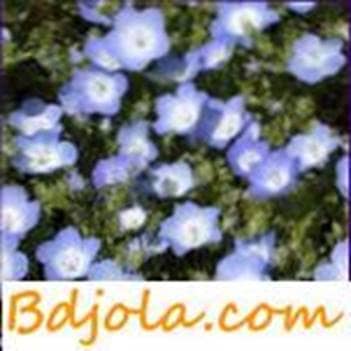
Burachnikov honey bees produce from the nectar of large beautiful blue flowers borage – cucumber grass, which is bred to us as a valuable honey plant and medicinal plant. This honey is transparent, bright and has a pleasant taste. From a hectare of flowering borage, bees collect 200 kg of good honey.
Cornflower honey is greenish yellow, has a pleasant, reminiscent odor of almonds and a peculiar, slightly bitter taste. Cornflower blue, or field, is an excellent honey plant.
Коричневые соты. Копчение фруктов.
Bee Honey